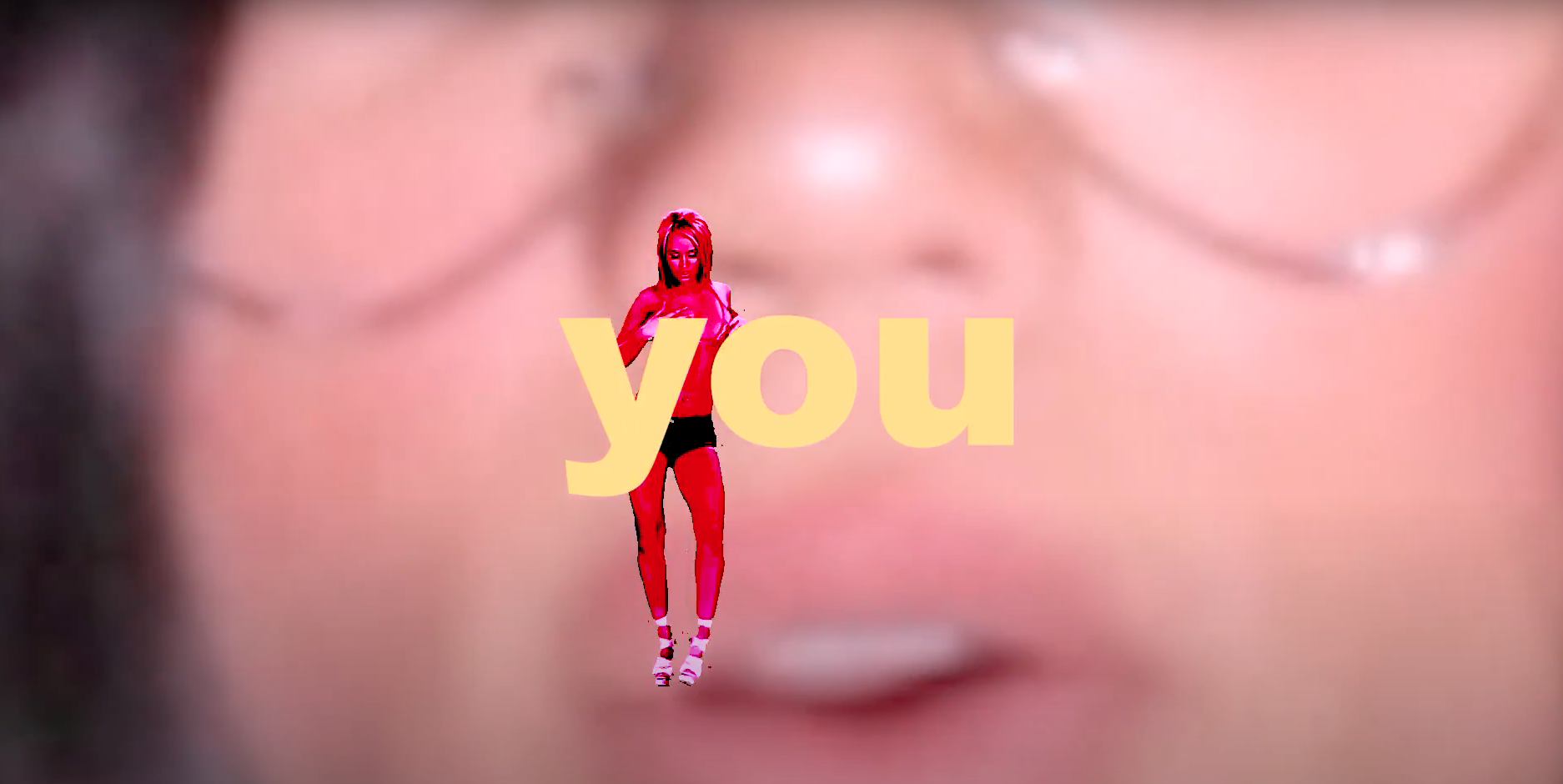The Paris Review – On Thomas Bernhard and Girls Online

From Kati Kelli’s “My tragic homeschooled past.”
You’re on that old kick again, rereading Geoff Dyer’s Out of Sheer Rage to refresh and resplendorize the senses, but why not go back to the source? It’s never wrong to read Dyer’s Thomas Bernhard (and, after all, your Bernhard). It’s never bad to sit at Good Karma Café, in Philadelphia, at a little metal table out front, with Bernhard’s novella Walking, reading
I ask myself, says Oehler, how can so much helplessness and so much misfortune and so much misery be possible? That nature can create so much misfortune and so much palpable horror. That nature can be so ruthless toward its most helpless and pitiable creatures. This limitless capacity for suffering, says Oehler. This limitless capricious will to procreate and then to survive misfortune.
while a person pulls up with a carriage and introduces to the air a baby, a little baby who was born three days ago, and stands there holding this: “Lily.” She explains as much—the three-day thing—and announces the name to inquirers (the nonreaders …). Three days old only! Why is this little baby taking the air so soon? Why promenade now? This merciless tenderness might permeate the whole atmosphere now, while you read “My whole life long, I have refused to make a child, said Karrer, Oehler says, to add a new human being over and above the person that I am, I who am sitting in the most horrible imaginable prison and whom science ruthlessly labels as human,” and laugh at combinations, at the café.
—Caren Beilin
You can read Sheila Heti’s interview with Caren Beilin on the Daily here.
A woman is a woman, to borrow from Godard, but once she’s online, argues Joanna Walsh in her new book-length essay, Girl Online: A User Manual, she becomes a girl. In a series of meditations and “thought experiments” exploring motherhood, blogs, women’s writing, and the meaning of work both on and off the screen, Walsh examines the relationship between looking and being looked at, watching and being watched, that is inherent to both the internet and femininity. “What’s a girl to do with communication technology?” she asks. “I mean both, ‘Why is a girl like a screen?’ and ‘What is she doing in front of it / on it?’ ” The answer is clear, Walsh explains, in a passage that draws from Marshall McLuhan’s Understanding Media: “Selling herself, of course.”
—Rhian Sasseen, engagement editor
Kati Kelli was a girl online who was just being herself—herself, in this case, being many, many different girls. The videos on her Youtube channel, Kati Kelli Girl, include sequences, somewhere between sketch comedy and video art, in which she dances “drunkenly” in a pink velour tracksuit and “Beverly Hills mom” wig, dances “interpretively” in a skeleton mask, plays with Barbies, and reads “DEEP poetry.” The rest are largely parodies of the now canonical forms of the girl-bedroom vlog genre: “I Have Daddy Issues,” “10 things about Kati Kelli,” “My Weight Loss Secret.” But describing her work as merely satirical doesn’t do it justice; Kelli’s experimentally edited monologues and musical numbers are also intimate, surreal, and, like all great comedy, somehow true. I encountered Kelli via Girl Internet Show, a feature-length “mixtape” of her work curated by Jane Schoenbrun and Jordan Wippell that screened Sunday at BAM. That same day, I had visited the Jewish Museum’s Jonas Mekas show. Whereas the world captured by Mekas’s “always running” camera—flowers, birthday cakes, babies, couples in the park—sometimes verges on a (beautiful) trope of “everyday life,” Kelli’s hyperperformances feel, always, intrusively, perversely real. “If I wasn’t real, could I do this?” she asks, in one video. “I just blinked,” she explains after a second. But we can’t see; she’s wearing huge, reflective sunglasses.
Schoenbrun and Wippell’s film, lovingly produced after the artist’s untimely passing in 2019, features both Kelli’s Youtube hits and several never-uploaded home movies. “I’m twenty-two, and I’ve done nothing with my life … except be ugly,” she whispers, in one of these few (seemingly) unscripted clips. Then she bats her heavily made-up eyelashes, trying out angles. Kelli always has the unmistakable look of a girl on camera who knows she’s very hot—which, of course, almost always involves fearing the opposite. The internal contradictions and multiple personalities that make up a person are explicit themes in her work, which one could characterize as the artistic output of an isolated young girl experimenting with costumes to explore her “identity.”
But the most beautiful moments of Kelli’s videos are those in which these experiments feel least intentional, when we’re watching someone alone in her bedroom behaving randomly, without a script or audience—when she doesn’t seem to be playing at being anyone at all. Sometimes, she’ll pause and look blankly at the camera, as though her teleprompter has frozen. She seems to be waiting for words to come—and when they do, it’s like she’s lip-reading her own on-screen reflection. “I just have a kind of, um, natural chemistry with the camera,” she says. “So yeah, like, if you’re wondering, like, Why am I so drawn to her but why, like—why isn’t she good—it’s because my talent is so raw that I haven’t figured out how to you know … whatever.” It’s a huge loss that Kelli didn’t have time to figure it out. Her videos are still up, though, here.
—Olivia Kan-Sperling, assistant editor
